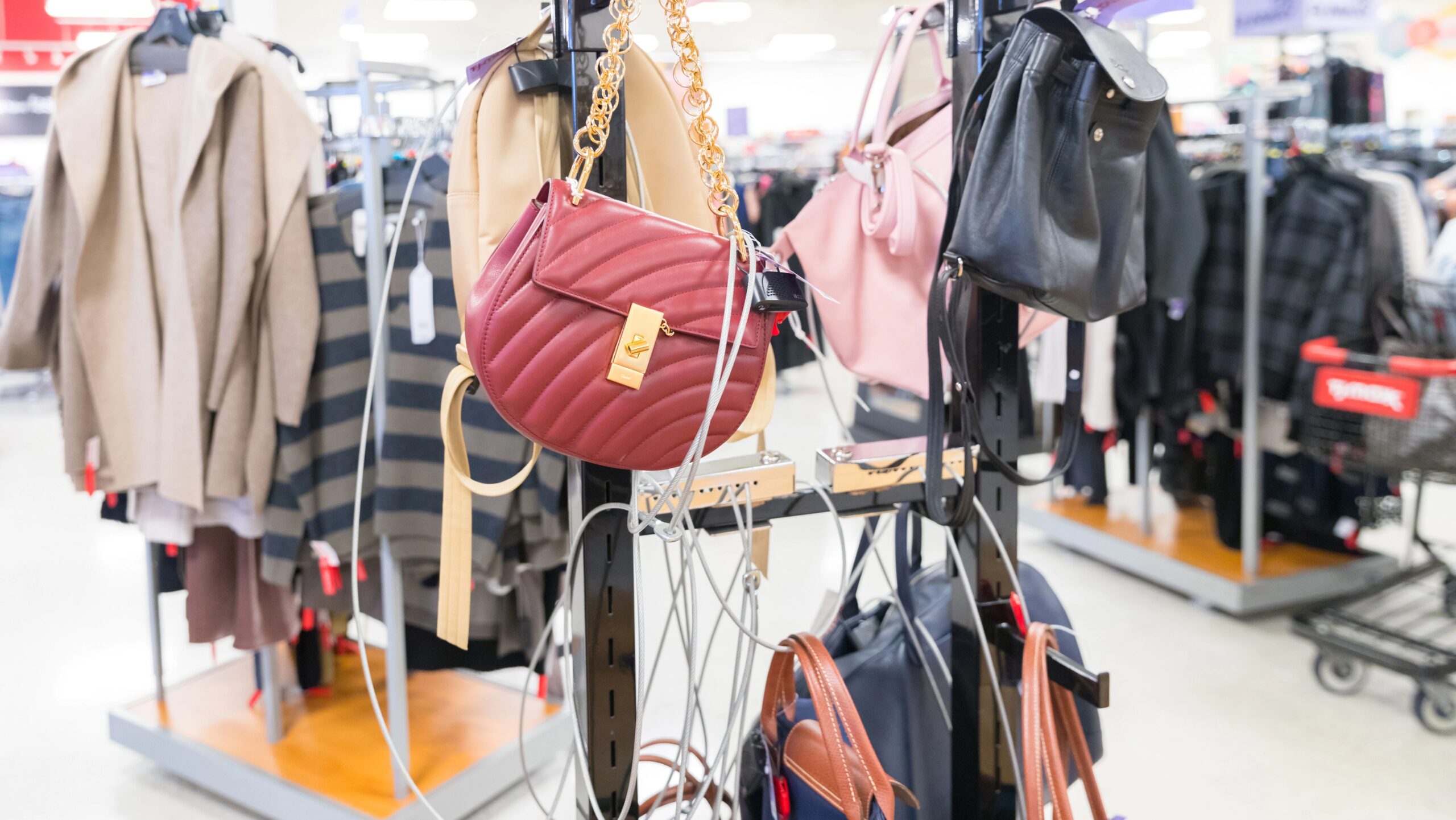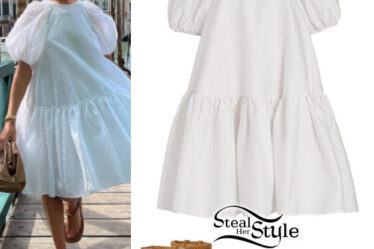
Josh Kaplan could not have picked a better time to launch his new start-up, Ghost.
The company, which came out of stealth mode last week, is a digital marketplace that connects brands with off-price retailers, sample sale operators and other buyers that know how to discreetly liquidate unsold inventory.
There’s plenty of inventory to move right now. Retailers globally are sitting on a high volume of merchandise, from shirts, dresses and sweatpants to lawn furniture and laptops, with few good options to get rid of it.
The glut is the end result of two years of supply chain delays and unpredictable consumer demand. Brands had trouble keeping shelves stocked last year amid explosive demand and logistical problems. They overcompensated ahead of this spring and summer, increasing production and asking manufacturers to deliver orders as fast as possible. Now, they have more stuff than they can feasibly sell, at least at full price. The ratio of inventory to sales for US clothing companies hit 2.18 in May, up from 1.85 a year earlier, according to Census Bureau data.
These retailers’ mistakes are a big opportunity for off-price players like Saks Off Fifth and TJ Maxx. These chains, along with a crowded field of online competitors, swoop in and buy excess goods at a steep discount, which they resell to their bargain-hunting customers. As inflation drives prices up, and a possible recession looms, more shoppers are likely to turn to discounters.
“The Nordstrom Racks of the world are poised to win,” said Tiffany Hogan, director of retail insights at data firm Kantar. “In an inflationary [environment,] off-price has a natural advantage.”
There’s just one problem: off-price retailers are dealing with a glut of their own. During the mid-pandemic boom, these companies’ core customers were flush with cash from government stimulus. Chains like TJX, which owns the TJ Maxx (TK Maxx in the UK) and Marshalls chains, saw strong sales throughout 2021. Like their full-price peers, value retailers reacted by purchasing more merchandise, assuming the good times would continue. But sales are down this year; TJX said in May it expects second quarter comparable sales to drop by 1 percent to 3 percent. It posted total inventories of $7 billion in its most recent quarter, up from $5 billion the same period last year. Ross Stores, another US-based off-price chain, saw its inventory levels rise by 57 percent in its most recent quarter, while comparable sales dipped 7 percent.
When the market bounces back, however, it may not just be TJ Maxx that benefits. The 2008 recession touched off the rise of new off-price models, including flash sales sites such as Gilt Groupe, HauteLook and Amazon’s MyHabit. That particular trend didn’t last — MyHabit shuttered in 2016 and Gilt Groupe has passed through multiple owners.
But experts predict a similar free-for-all now, with brick-and-mortar chains opening new stores. At the same time, off-price retailers will face competition from the burgeoning resale sector, where price-conscious shoppers who used to frequent Saks Off Fifth or Nordstrom Rack are now also perusing The RealReal and Vestiaire Collective.
“Off-price is always the best position in [uncertain] times, but until clarity sets in, it’s hard to say,” said Adam Freede, chief executive of Madaluxe Group, one of the largest distributors of luxury fashion in the US. “We’re still waiting for the other shoe to drop.”
Timing the Market
Just like traditional wholesalers, off-price retailers face the difficult task of buying merchandise without knowing for sure how much customers will want to buy. When they miscalculate, they get stuck with unsold goods too.
“The last couple of years, there were a lot of deals, and so many off-price retailers stocked up big,” said Kelly Pedersen, PwC’s US retail leader. “Many are now sitting on more inventory than they can handle.”
As a result, they’ve begun taking a more conservative approach to buying and making sure to invest in the right merchandise, Pedersen added. Off-price players may have some advantages over their full-price rivals: they tend to have bigger warehouse spaces to pack and hold products, and are better equipped to save products for future seasons.
Brick-and-Mortar Boom
Those goods are more likely than not to be sold in a physical store, even after the pandemic’s e-commerce boom.
For most brands, the goal is to offload unsold inventory without drawing too much attention; Nordstrom doesn’t want customers to think too much about how the dress they’re eyeing at the mall might turn up a few months later at a TJ Maxx for 60 percent off. While some off-price retailers have gone online in recent years, sneaking clothes onto racks in a busy store avoids the possibility that they will turn up in a web search alongside full-price merchandise.
On Ghost, where brands can auction off their merchandise and filter out specific types of sellers, brick-and-mortar is by far the more popular option over e-commerce, according to Ghost’s Kaplan. Last month, the startup secured about $20 million in capital to build out its backend technology.
“What we’ll see now is a renaissance in brick-and-mortar,” he said. “Brands just don’t don’t want their off-price inventory on the internet.”
TJX, Burlington Stores and Ross have all announced around 100 new stores each so far this year, according to Coresight Research.
New Competition
That’s not to say off-price isn’t growing online. It’s just called something else: resale.
It’s not just that the same price-sensitive customers shop secondhand. Many resale platforms also source directly from brands, competing for some of the same merchandise as TJ Maxx or Saks Off Fifth. Among the luxury brands with which off-price distributors work, resale has become a bigger outlet in recent years.
“You’re all fighting for the same wallet share, so ultimately you’re competing,” Freede said. “It’s all about finding that end consumer.” Madaluxe, in fact, invested in resale platform Reflaunt last year, and Freede sits on its board of directors.
With a growing cast of players in the off-price landscape, new services like Ghost are ushering in a digital and more efficient way of connecting brands to all the right buyers. Traditionally, the selling and buying processes in off-price are largely analog. For instance, in the exchange between brand and buyer, photos are typically never exchanged. It’s up to the distributor to look up product descriptions. These backend processes are changing.
In the past three years alone, commerce enablement tools have advanced so significantly that Ghost now has the capability to integrate with virtually every platform, like Shopify or Netsuite, according to Kaplan.
“The future is a large ecosystem and we all get connected,” Freede said.



